Webinaire
Building a Digital O.R. Roundtable Discussion
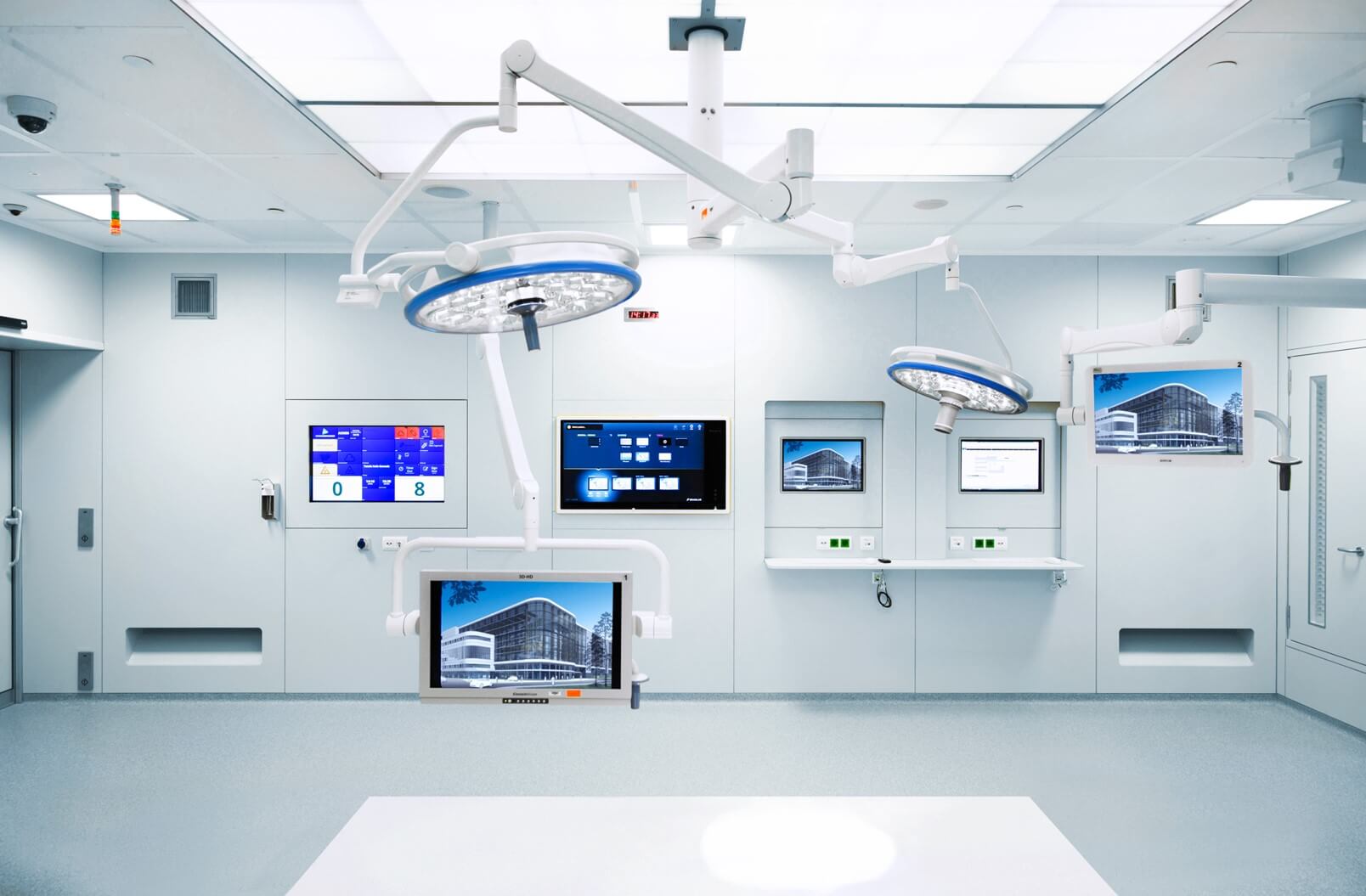
Description
Creating the perfect operating room with the latest technology that suits the needs of different departments is a complex task. During our discussion, you’ll hear the opinions and experiences of various key roles involved in the process of building a new O.R.—from surgeons to project managers to industry experts.
Intervenant :
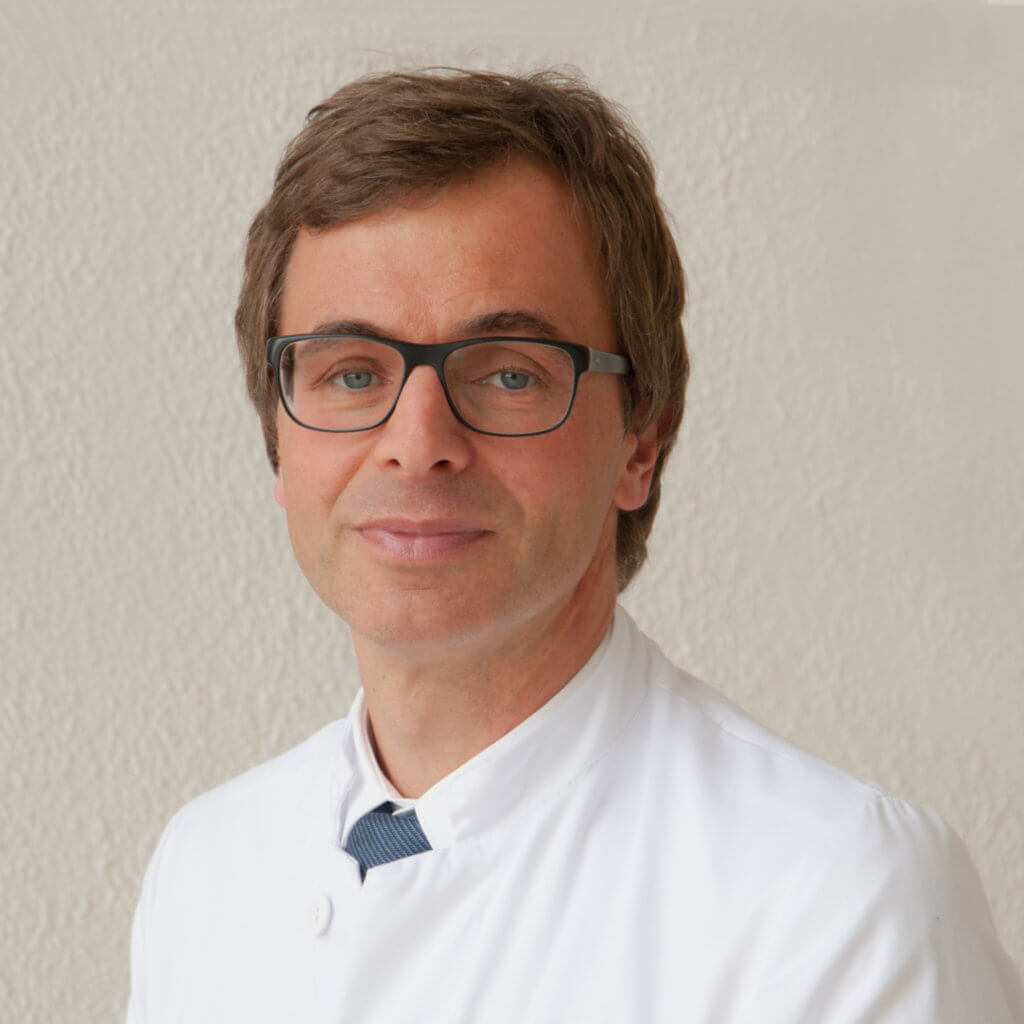
Stefan Mattheis, MHBA, vice-directeur du département ORL
Hôpital universitaire d’Essen, Essen, Allemagne
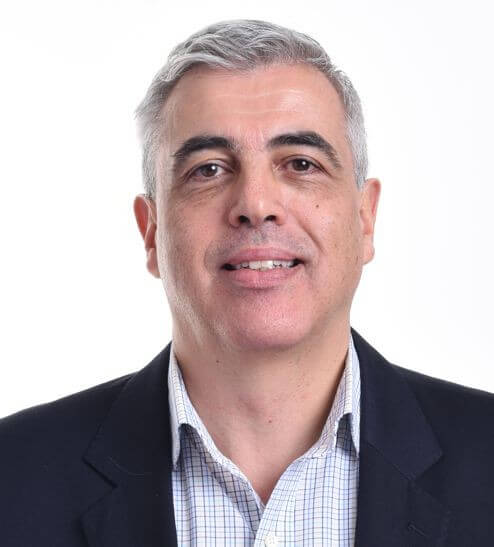
Marcello Bonfim, Manager Clinical Engineering
Hospital Sirio Libanes
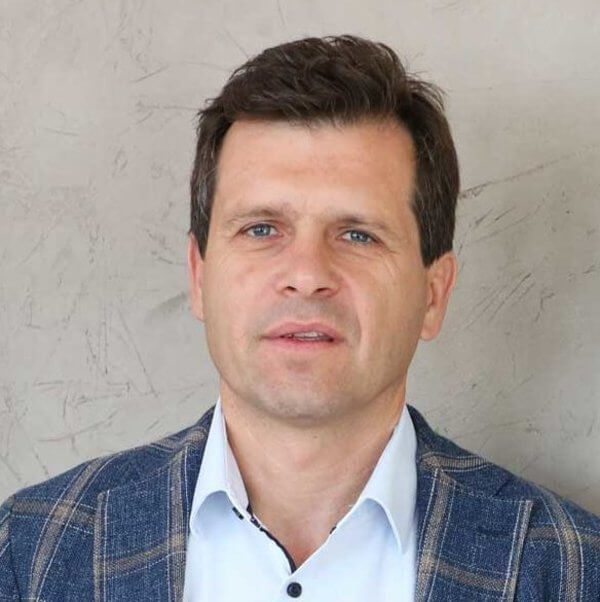
Thomas Fritsch, CEO
HT Group GmbH
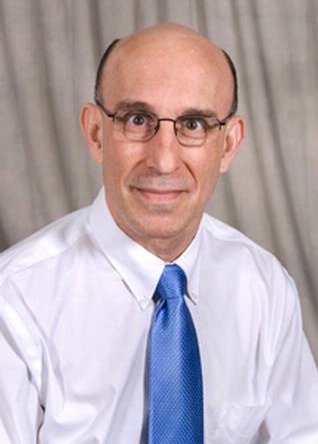
David Krusch, MD, IT Vice President
Rochester General Hospital
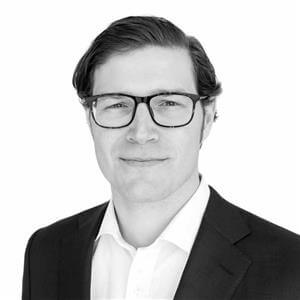
Philipp Wolf, Director Digital O.R.
Modérateur :
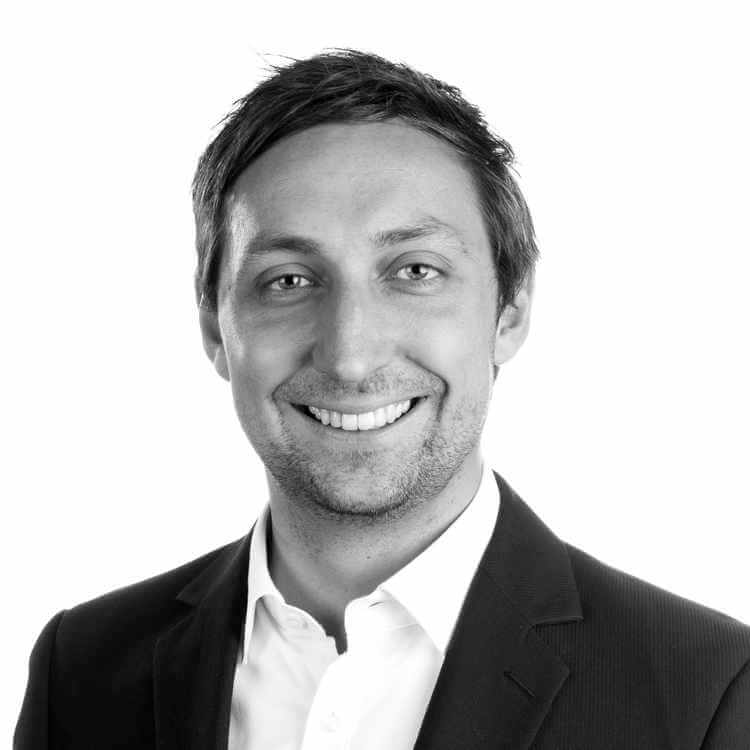
Matthias Eimer, Responsable senior des technologies de santé numérique
Voir d’autres webinaires à venir
S’inscrire